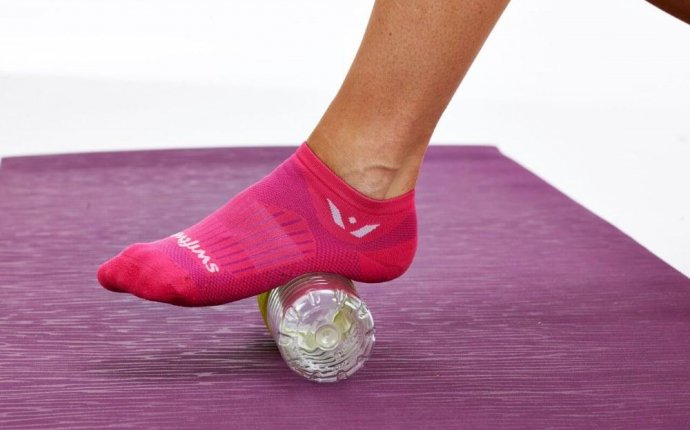
Morning Stretches for back pain
Early Morning Back Stretch for Your Low Back Knees to chest stretch. PhotoAlto/Frederic Cirou/Alto Agency RF Collections/Getty Images
What to do About Early Morning Back Pain
If you sleep in a curled up position, chances are when you wake, your spine feels compressed. The images in this gallery will show you a few useful morning back stretches to help get your day going - sans pain.
A knees to chest stretch is a good way to start the day.
The knees to chest stretch is a way to stretch your spine when you first wake up. Lying on your back, bring one knee (bent) up towards your chest and then the other. Grasp your lower legs below your knee and pull your legs in towards your chest.
Early Morning Back Stretches in the Prone Position Stomach lying can help to eliminate morning back stiffness. (c) Anne Asher 2007One way to circumvent back pain that starts in the early morning is to spend time lying on your stomach.
Place a flat pillow or towel under your chest; this may allow your head and neck to relax down toward the bed. You could also turn your head to the side. If you need support for your low back, place a pillow under your abdomen.
Source:
Hage, M. (2005). The Back Pain Book. Atlanta, Ga. Peachtree Publishers.
After a few moments of lying on your stomach with a pillow under you, place your arms by your side, and rest your forehead on the pillow or mattress (whichever is more comfortable.)
Try to elongate your spine while in this position. Elongating your spine can be accomplished by thinking about moving your ribs away from your pelvis. Try stretching those structural units in opposite directions for a few seconds. Then rest for a few seconds and try it again.
Source:
Hage, M. (2005). The Back Pain Book. Atlanta, Ga. Peachtree Publishers.
Vary the spine lengthening by turning your head to one side (and then the other.)
Source:
Hage, M. (2005). The Back Pain Book. Atlanta, Ga. Peachtree Publishers.
Here's an early morning back exercise - taken from the yoga cobra pose - that may help improve symptoms related to disc problems.
Similar to the yoga Cobra pose, this gentle back extension exercise lengthens the spine and helps to counter an excessive curvature condition of the upper back known as kyphosis. It's also a position in which many people who experience disc issues find relief.
That said, this back extension position is likely not a good idea if you have facet joint problems, spondylolysis, spinal arthritis, spinals stenosis and similar conditions, as it tends to irritate the already compromised areas.
While lying on your stomach, place your forearms on the bed. Keep your elbows bent and directly under your shoulders. Relax your shoulders as best you can. Then, simply press up a short ways. Keep the movement in a pain-free zone - don't go so far as to feel a "kink" in your low back. Stay up there for a few seconds and then gently come down and rest. Repeat up to 3 times.
Source:
Hage, M. (2005). The Back Pain Book. Atlanta, Ga. Peachtree Publishers.
Next turn over onto your back. You'll still be lengthening your spine but this time, your arms and shoulders will help you. Move your arms out until they make a "V" shape. Reach with your arms and feel the stretch. Relax.
Try this again, adding back the pulling action from your pelvis. This will likely accentuate the spinal stretch even more. In this version, your arms and - by way of connection - your ribs, will stretch move in opposition to your pelvis - a great way to accentuate the stretch in your waist and back..
Variations that Use Props
Your might consider placing a small pillow or rolled towel under your low back for support. If your shoulder or arm muscles are tight, or if your shoulder range of motion is limited, you can pillow those areas up, as well. Just be sure to keep the resulting position comfortable. (See the above image.)
You can also modify the position by placing big pillows under your knees, such that that your knees and hips are supported in a flexed position. Another variation is to lie on the floor, bend your knees, and place your legs on an ottoman for support.









